About the origin and history of "Hangul"
Über die Entstehung und die Geschichte von "Hangul"
Autor: Helen Bosch / Aug 12, 2022


K-Pop Blog > Overview > Hangul
Im Jahr 1443 beendete König Sejong der Große, der vierte König der Joseon-Dynastie ein Projekt, welches die Zukunft für die koreanische Bevölkerung veränderte. Er erschuf das koreanische Alphabet “Hangul”.
Hier stellen wir dir das Alphabet im Detail vor!
Bis Hangul eingeführt wurde, benutzten die Koreaner “Hanja”, ein klassisches chinesisches Schriftsystem. Diese brachten Chinesen, die zwischen dem 3. und 4. Jahrhundert nach Korea einwanderten, mit. Die Koreaner hatten noch keine eigene Schrift und nutzte Hanja für ihre Literatur und offizielle Dokumente.
Hanja ist eine logographische Schrift: Jedes Zeichen steht für ein bestimmtes Wort. Zuerst haben die Koreaner die Schrift so genutzt, wie sie war: Die Oberschicht lernte Chinesisch zu sprechen und zu schreiben und offizielle Dokumente wurden mit Hanja auf Chinesisch verfasst. Später benutzten sie Hanja um auf koreanisch zu schreiben: Wenn ein Hanja Zeichen wie ein koreanisches Wort klang, wurde es genutzt, um dieses koreanische Wort zu repräsentieren.
Hanja stellte auf Dauer zwei Probleme dar:

Weil bei logographischen Schriften wie Hanja jedes Zeichen einzeln auswendig gelernt werden muss, statt ein paar Buchstaben wie in unserer romanischen Schrift, konnte nur die Oberschicht lesen und schreiben. Auch heute müssen Chinesen mindestens 3.500 Zeichen auswendig kennen, um Lesen zu können. Die normale koreanische Bevölkerung hatte damals weder die Zeit noch das Geld, um Hanja zu lernen und musste so ohne die Fähigkeit zu Lesen und zu Schreiben auskommen.
Hanja war nicht für die koreanische Sprache entworfen wurden, also konnten einige Wörter und die Grammatik der Sprache nicht mit Hanja festgehalten werden.
König Sejong war der Meinung, dass Korea eine eigene Schrift braucht, die wirklich die gesprochene Sprache wiedergibt. Vor allem aber wollte er dafür sorgen, dass auch das normale Volk lesen und schreiben kann. Die neue Schrift musste also möglichst simpel und einfach zu lernen sein. Er erreichte sein Ziel!
Nach mehreren Jahren hatte der König Ende 1443/ Anfang 1444 Hangul entwickelt. Damals war das Alphabet noch unter dem Namen “Eonmun” bekannt. Am 9. Oktober 1446 wurde ein Dokument namens “Hunminjeong’eum” (Die richtigen Töne für die Bildung des Volkes) veröffentlicht, in dem das Projekt beschrieben wurde.
Hangul gilt als besonders logisch, leicht einprägsam und leicht zu lernen! In einem bekannten Spruch über die Schrift heißt es: “Ein kluger Mensch kann sich damit vertraut machen, bevor der Morgen vorbei ist; selbst ein dummer Mensch kann sie innerhalb von zehn Tagen lernen.”
Der 9. Oktober wurde zum “Hangul Tag” und ist heute ein gesetzlicher Feiertag in Südkorea. Auch in Nordkorea gibt es den Hangul Tag; dort heißt er allerdings “Chosŏn'gŭl Tag” und fällt auf den 15. Januar. Die Nordkoreaner nennen Hangul nämlich “Chosŏn'gŭl” und gehen davon aus, dass das Dokument “Hunminjeong’eum” am 15. Januar verfasst wurde. Der Chosŏn'gŭl Tag ist allerdings kein Feiertag.
Das neue koreanische Alphabet wurde verbreitet und vor allem von Frauen und Autoren benutzt!
Es sollte aber noch viele Hundert Jahre dauern, bis Hangul zum ersten Mal in offiziellen Dokumenten verwendet wurde.

Am Anfang stellte sich vor allem die Oberschicht quer: Sie fürchteten um ihren Status. Wenn plötzlich auch das normale Volk lesen und schreiben könnte, wäre es nämlich auch für Mitglieder der Unterschicht möglich, sich für Jobs in der Regierung zu bewerben.
In 1504 war es sogar verboten, Hangul zu lernen und zu nutzen. Der damalige König Yeonsangun sprach das Verbot aus, nachdem ein Dokument mit Hangul verfasst und veröffentlicht wurde, welches den König kritisierte. Hangul verschwand für eine Weile und lebte erst im späten 16-Jahrhundert wieder auf, als Autoren begannen, Geschichten in Hangul niederzuschreiben.
In 1890 und den folgenden Jahren führte ein König mit dem Namen Gojong schließlich mehrere Reformen durch. Unter anderem legte er fest, dass fortan alle Regierungsdokumente in Hangul verfasst werden sollte.
In 1994 erschien das erste offizielle Dokument, das mit Hangul geschrieben wurde und ein Jahr später wurde das Alphabet auch in Schulen unterrichtet!
Trotzdem standen dem Alphabet noch ein paar Veränderungen bevor:
Nachdem Japan in 1910 Korea besetzte, wurde japanisch zur offiziellen Sprache in Korea erklärt. Trotzdem wurde Hangul noch in Schulen unterrichtet.
Zwischen 1910 und 1913 prägte ein Mann namens Ji Sigyeong den Namen “Hangul” (한글 = “koreanisch”) für das Alphabet, das bis dahin immer noch “Eonmun” (언문 = “Volksschrift”) genannt wurde. Das Alphabet trägt den heute bekannten Namen also erst seit guten hundert Jahren!
Leider erlebte Hangul wenige Jahre später einen weiteren Tiefschlag: Die Japaner verboten in 1938 die koreanische Sprache in Schulen und in 1941 alle Veröffentlichungen, die in koreanisch geschrieben wurden.
In 1946, kurz nachdem Korea seine Unabhängigkeit zurückgewann, wurde die endgültige Rechtschreibung von Hangul offiziell festgelegt.

Über die Jahre waren immer wieder kleine Änderungen vorgenommen wurden, die schließlich zu dem Hangul führten, welches wir heute kennen! In den folgenden Jahren versuchten sowohl Süd- als auch Nordkorea noch einmal das Alphabet anzupassen, indem sie zum Beispiel neue Zeichen hinzufügten, aber all diese Änderungen wurden nach kurzer Zeit wieder verworfen.
Obwohl Hangul das vorherrschende Schriftsystem ist, wurden zu Teil immer noch Hanja verwendet. Es gab also oft einen Hangul-Hanja Mix.
Nord Korea verbot in 1949 offiziell die Nutzung von Hanja und in Südkorea werden die chinesischen Schriftzeichen fast nur noch als Abkürzungen benutzt. Gerade im akademischen Bereich sind Hanja-Kenntnisse aber weiterhin vorteilhaft. Sie helfen vor allem ältere Texte zu lesen und zu studieren. Viele historische Dokumente des Landes wurden schließlich mit Hanja geschrieben.
Wie du siehst, hat Hangul eine abwechslungsreiche Geschichte hinter sich! Im Vergleich zu der Geschichte anderer Schriftsysteme ist sie allerdings eher kurz: Tatsächlich ist Hangul eines der jüngsten Alphabete der Welt!
Zu Ehren von König Sejong steht im Zentrum von Seoul, der Hauptstadt von Südkorea, eine sechs Meter hohe goldene Statue. Sie zeigt den König auf einem Thron sitzend, ein Buch in der einen Hand, die andere Hand erhoben. Auf den Seiten der Statue sind alle Hangul-Zeichen zu sehen.
König Sejong gilt als eine der berühmtesten historischen Figuren von Korea: Er ist besonders bekannt für die Erschaffung von Hangul, hat aber darüber hinaus auch den Fortschritt in Wissenschaft und Technik gefördert und wichtige Gesetzesänderungen erlassen.

Das könnte Dich auch interessieren
5% RABATT BEI NEWSLETTER ANMELDUNG
Die neuesten Produkte, Aktionen und News. Direkt in dein Postfach.
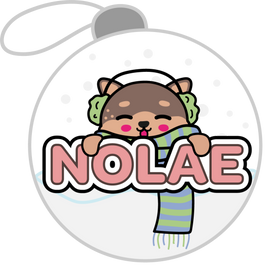




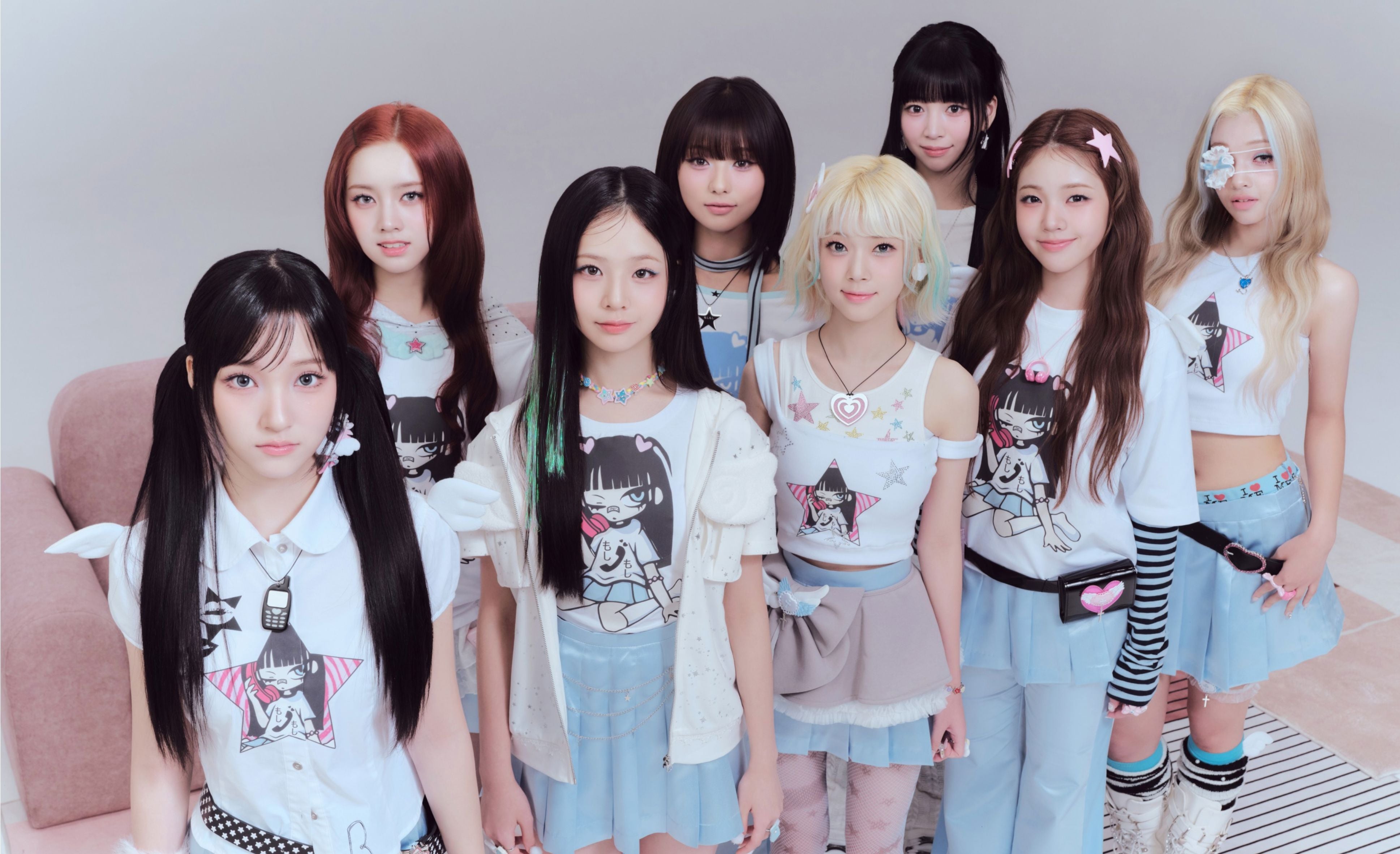
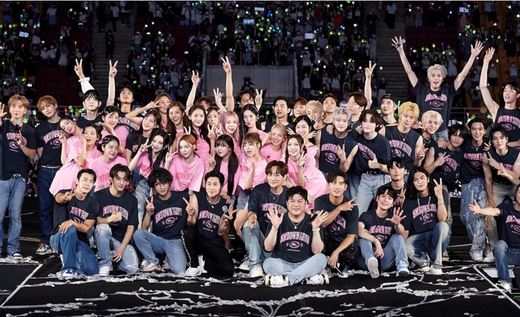



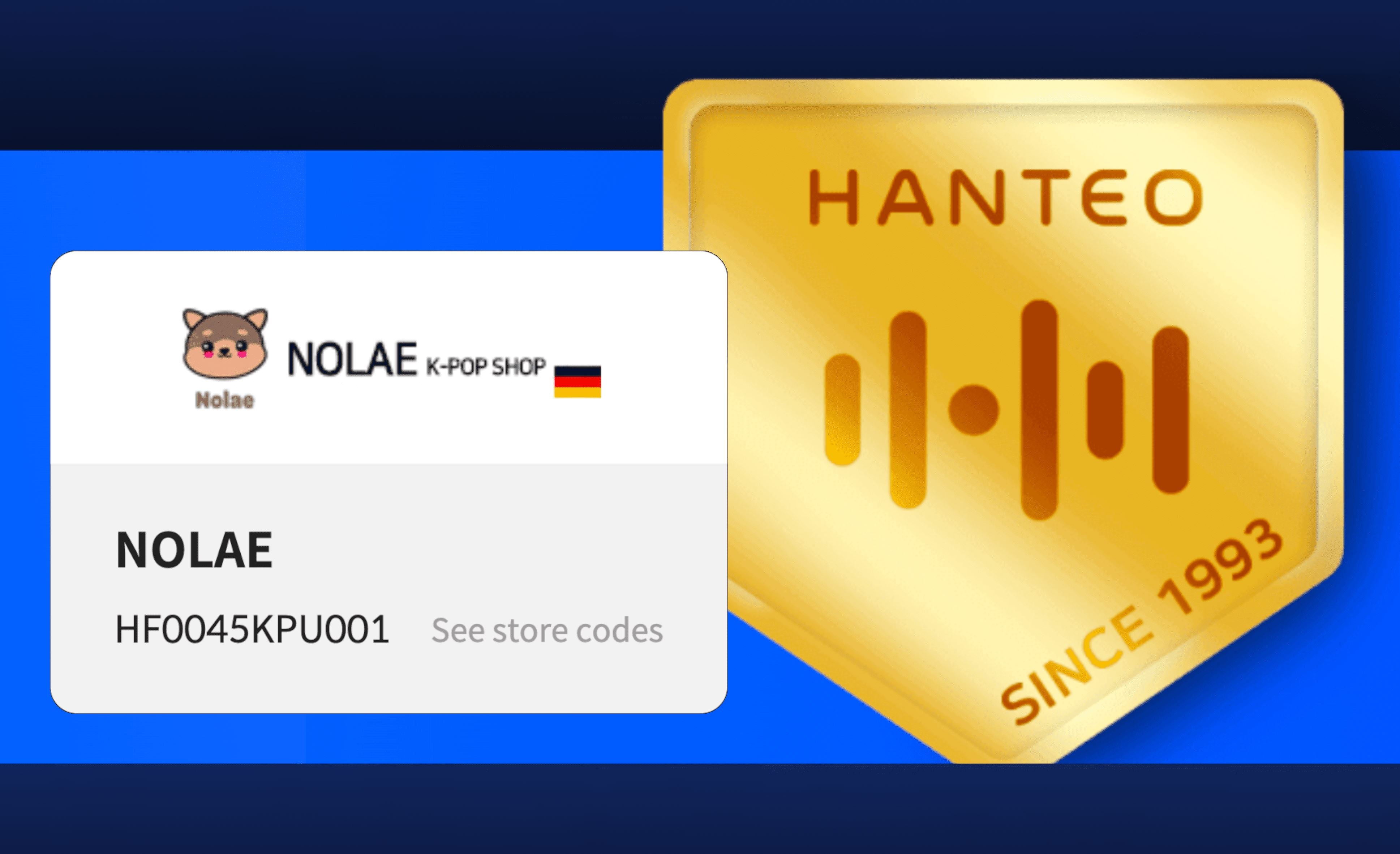
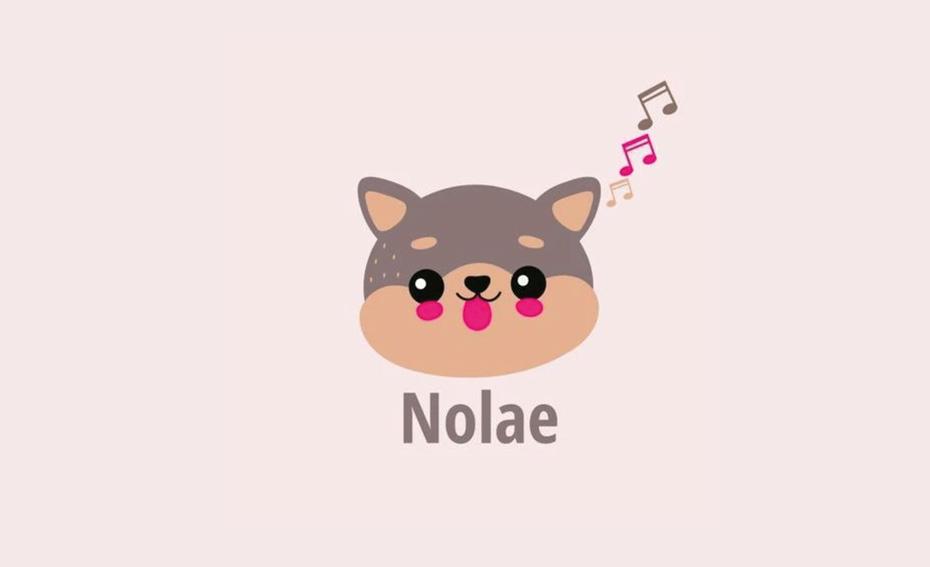
Dear Author
Did you perhaps mean to write: “In 1894, the first official document written in Hangul appeared, and a year later, the alphabet was taught in schools!”, instead for it to say that it happened in 1994? It appears to be a chronological error otherwise. If this is a misobservation on my behalf I shall apologize sincerely for my pettiness.
Regards Julian